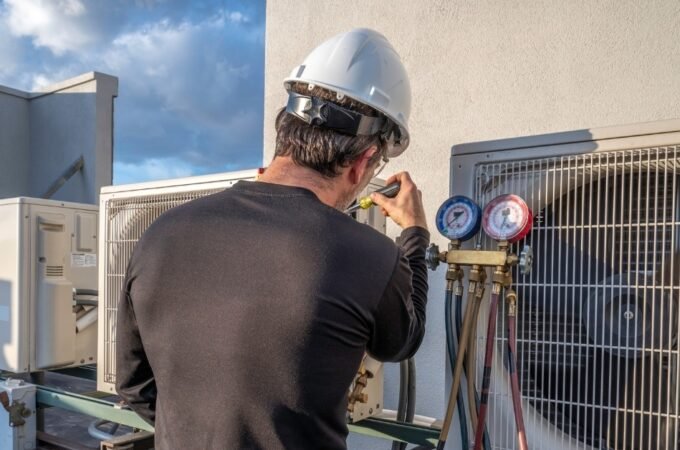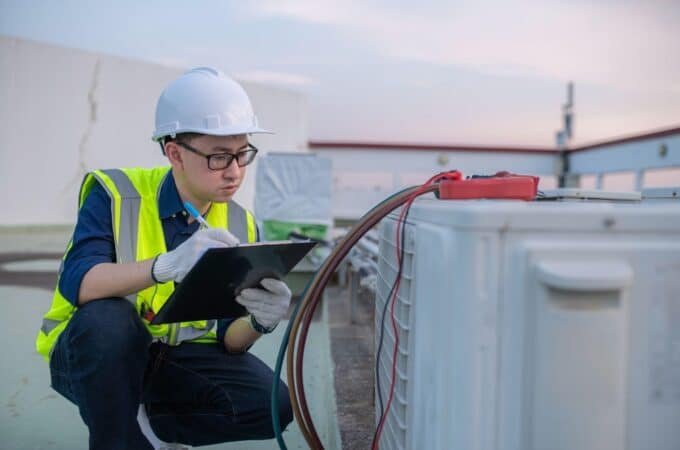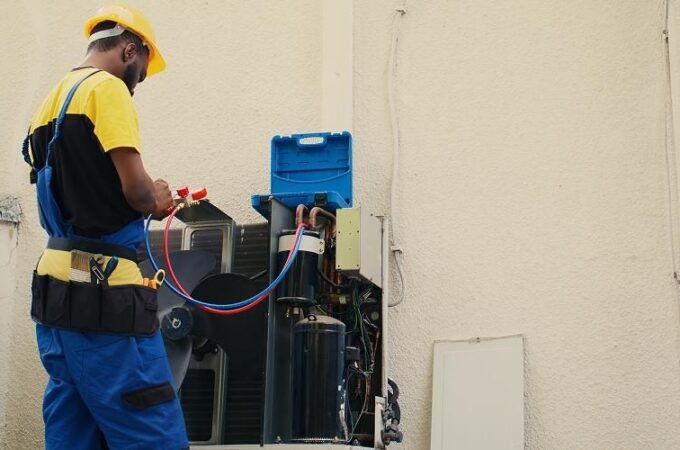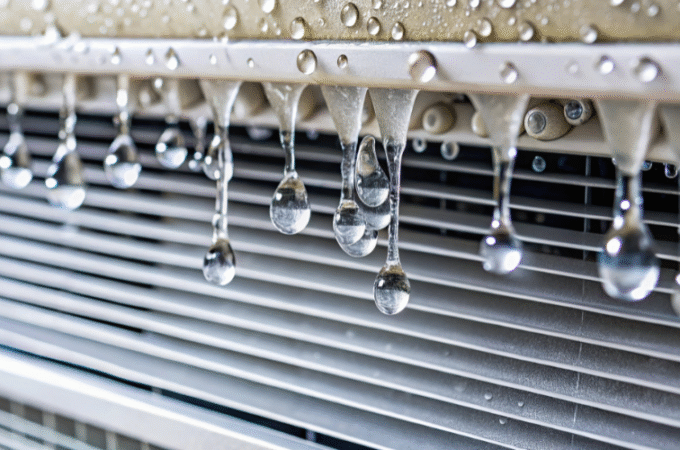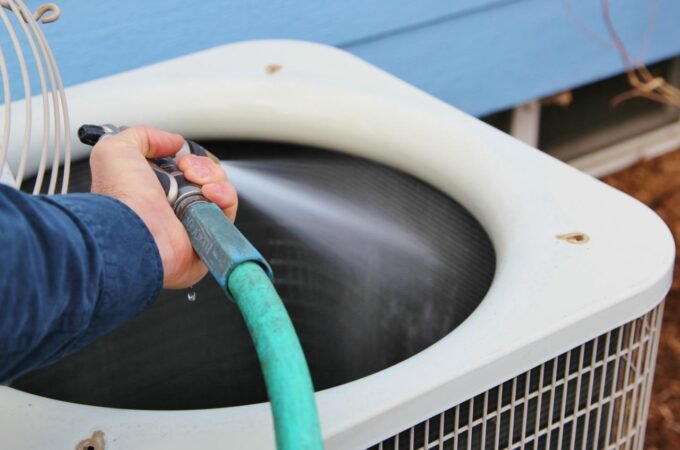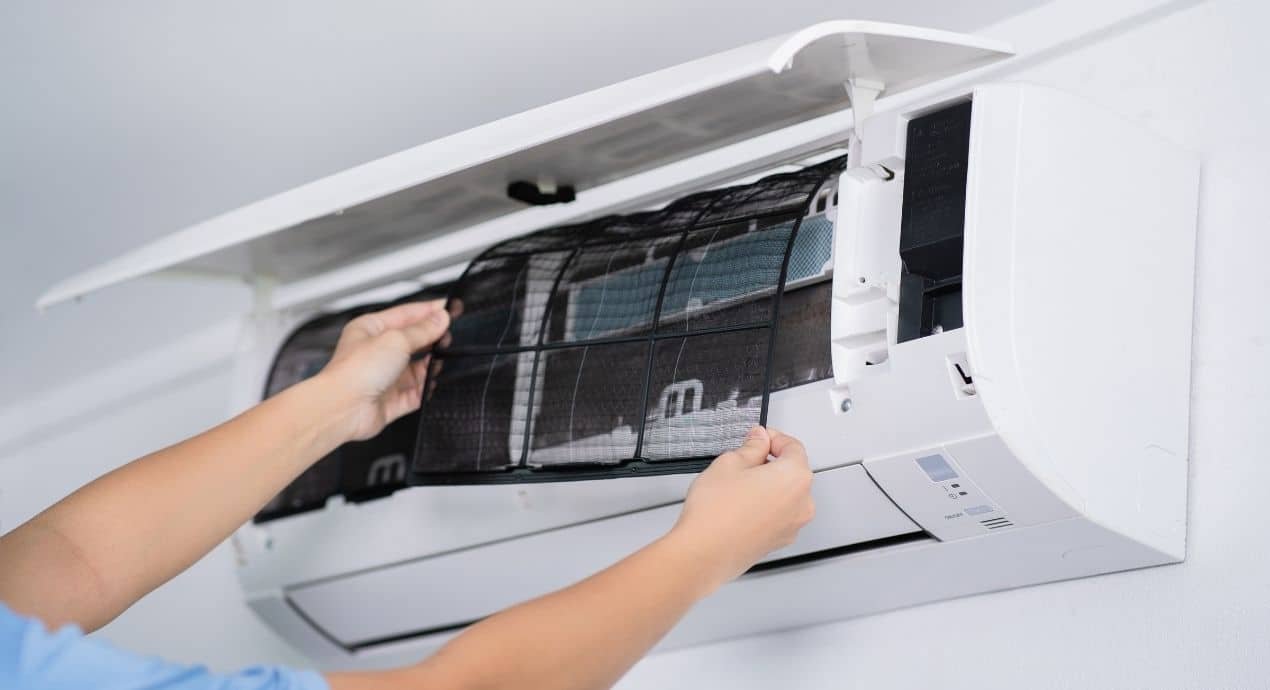
Simple Steps for Keeping Your Home AC System Efficient All Year
Table of Contents
ToggleTable of Contents
- Why Regular AC Maintenance Matters
- How a Dirty Filter Affects Your Comfort
- Step-By-Step Filter Replacement Guide
- Cleaning Your AC Coils at Home
- Common Signs Your AC Needs Attention
- DIY vs. Professional Servicing
- Easy Energy-Saving AC Tips
- Staying Cool Year-Round
- Conclusion
Why Regular AC Maintenance Matters
Every year, as warmer weather approaches, the trusty air conditioning system becomes the heart of many households. Its ability to transform a sweltering indoor environment into a calm, comfortable haven shouldn’t be underestimated. However, switching it on and forgetting about it can cost you cash and comfort. Consistent maintenance is your strongest defense against surprise malfunctions or rising power bills. Routine servicing protects your system’s efficiency, often keeping it running at a peak level for years past its expected lifespan. Studies suggest that a neglected air conditioner can lose about 5% of its efficiency yearly, while a well-maintained unit can keep 95% of its original performance. If you’re uncertain about servicing, following reputable guides like those offered by expert AC servicing at home can empower you with actionable tips and essential safety information.
It isn’t just about operational savings. Indoor air quality rises with a well-maintained AC system, creating a healthier home and minimizing potential allergy triggers. The sense of security from knowing your cooling system is primed for hot weather is hard to put a price tag on. For busy households or those lacking experience, even a basic understanding of maintenance improves confidence during unexpected heat waves. Ultimately, dedicating some time to care for your AC protects your financial investment and peace of mind.
How a Dirty Filter Affects Your Comfort
The simple, unassuming air filter traps airborne dust, pollen, and debris before they enter your HVAC system and circulate throughout your home. When the filter gets clogged, everything slows down: airflow drops, cooling becomes less consistent, and your AC unit must work overtime to maintain a comfortable temperature. As it strains to move air through layers of dust, you might notice subtle warning signs—rooms that don’t cool evenly, increased allergy symptoms, or even a faint musty smell when the air turns on.
The impact is far-reaching. According to research highlighted by the U.S. Department of Energy, swapping out a dirty filter for a clean one can directly cut your system’s energy usage by up to 15%. Restricted airflow can lead to frozen coils, shortened component life, and costly repairs. If left unchanged, Homeowners should regard filter management not as a chore, but as a core component of reliable summer comfort.
Step-By-Step Filter Replacement Guide
Five Simple Steps That Make a Difference
- Turn off your AC system. Always start with safety in mind; switching off the power prevents dust from being drawn in during the change and eliminates your risk of electrical shock.
- Find the air filter in your unit. Most systems locate the filter behind the front panel, within a slot near the return vent, or inside the furnace or air handler.
- Carefully slide out the used filter and inspect it for accumulated dust and debris. Check the dimensions and note the airflow direction marked by arrows on the edge.
- Please insert the new filter and align it with the airflow marking. Please do not force it in, as this could damage the filtration mesh.
- Switch the system back on and listen for smooth operational sounds. Improved airflow is often apparent immediately, and many homeowners report fresher-smelling air almost instantly.
Experts recommend checking the filter monthly, especially during heavy use in summer or if you have pets or allergies. Aim to replace it at least every three months for general use, but more frequently will help maintain top performance in demanding conditions. This easy step pays off with improved air quality, lower bills, and fewer surprise breakdowns.
Cleaning Your AC Coils at Home
Your air conditioner’s coils—inside and out—are responsible for releasing heat and helping the system produce cool air. Over time, dirt, leaves, and moisture create a layer of grime that acts as insulation and seriously impedes this required heat exchange. Suddenly, your system works harder and longer to generate the same temperature drop, which appears directly on your next energy bill. According to the U.S. Department of Energy, just the buildup of dirt on coils can surcharge energy by as much as 30%.
How to Clean Coils Safely and Effectively
- Shut down all power to the AC system. This step is critical for your safety.
- Use gloved hands or a broom to remove obvious debris, such as leaves and twigs, from around the outdoor unit.
- With a soft brush, gently remove loose dirt from the coil fins. Take extra care not to bend or flatten these delicate parts, as doing so can restrict airflow.
- For stubborn buildup, use a no-rinse coil cleaner (available at hardware stores). Let it foam up, which will lift and break down grime, then rinse off gently using a garden hose with a low-pressure spray.
- Let everything dry thoroughly before restoring power and rerunning the system, ensuring coil surfaces are exposed to fresh air for optimal heat exchange.
Performing this maintenance once or twice annually guards against those gradual drops in cooling efficiency that often go unnoticed—until the bills arrive.
Common Signs Your AC Needs Attention
While proactive tasks like filter replacement and coil cleaning prevent many issues, all equipment ages and can signal trouble subtly. Catching these early can save time and avoid a major mid-season breakdown. Listen for odd noises—groans, clangs, or squeals suggest loose or failing parts. Take note if musty smells or burning odors come from your vents, which may point to biological growth or electrical faults.
- Hot and cold spots in the house, such as blocked vents or failing fans, could cause problems.
- Frost or ice accumulation on the indoor or outdoor coils typically signals airflow or refrigerant problems.
- Rapid cycling—If the AC starts and stops more frequently than usual, it may be short-cycling due to an issue with the thermostat or compressor.
Responding quickly to these warnings helps prevent minor problems from becoming costly emergencies. Even the most capable do-it-yourselfer should know when to call in professional help for diagnosis and repair.
DIY vs. Professional Servicing
Savvy homeowners can take care of regular cleaning, filter replacement, and general observations, but annual tune-ups are best left to technicians with specialized tools and training. HVAC professionals can check refrigerant levels, inspect electrical components, and perform safety checks, identifying emerging issues you might easily miss. Recommendations from the U.S. Department of Energy state that a yearly professional check-up is ideal for maintaining efficiency and avoiding costly repairs.
This balance—tackling fundamentals yourself, yet partnering with experts for complex troubleshooting- often leads to the lowest total ownership costs and the fewest headaches over the life of your AC system.
Easy Energy-Saving AC Tips
- Ceiling fans make rooms feel cooler, allowing you to dial the thermostat without sacrificing comfort.
- Weatherstrip doors and windows to stop cool air from leaking on hot days.
- Keep blinds, curtains, or shades closed on sunny days, especially for rooms facing south or west.
- Use a programmable thermostat to adjust settings for times when you’re at work or asleep.
- Make maintenance checks part of your seasonal routine—schedule coil cleaning and filter checks before heavy AC use starts in early spring.
Regular attention to your AC system does more than save money—it creates a cleaner and healthier living space, reduces allergens, and promotes even cooling throughout your home. Combining energy-saving habits with intense maintenance routines is the best way to manage comfort without breaking the bank.
Staying Cool Year-Round
Consistent care for your AC system is easier than many think, and those routine tasks provide real rewards. By changing filters, cleaning coils, keeping your eyes peeled for unusual signs, and not hesitating to call in professionals when needed, you’re building a reliable defense against discomfort, high energy bills, and early equipment failure. These habits also contribute to a greener home, since you use less energy for the same or better comfort.
The innovative approach combines do-it-yourself tasks with expert attention at key intervals. Building these steps into your home care routine makes you less likely to sweat through a surprise breakdown or face an expensive emergency repair in the middle of summer. Instead, you’ll enjoy steady, superb comfort all season long and breathe a little easier.
Conclusion
Maintaining your air conditioning system isn’t just a seasonal task—it’s a smart year-round strategy for comfort, cost savings, and peace of mind. From changing dirty filters and cleaning coils to recognizing early warning signs and knowing when to call in a pro, each step is crucial in keeping your AC efficient and dependable. With consistent attention, you’ll extend the life of your unit, improve indoor air quality, and lower your energy bills. Whether you’re a DIY enthusiast or prefer professional help, incorporating regular AC care into your routine ensures your home stays cool when it matters most. In the long run, a little effort today means fewer headaches tomorrow, because a well-maintained AC isn’t just a luxury, it’s a lifestyle investment.
Mark Ligon is the Marketing Manager at a leading e-commerce store in plumbing supply. Mark focus is on DIY projects and providing creative and practical advice to individuals looking to complete DIY projects of their own

